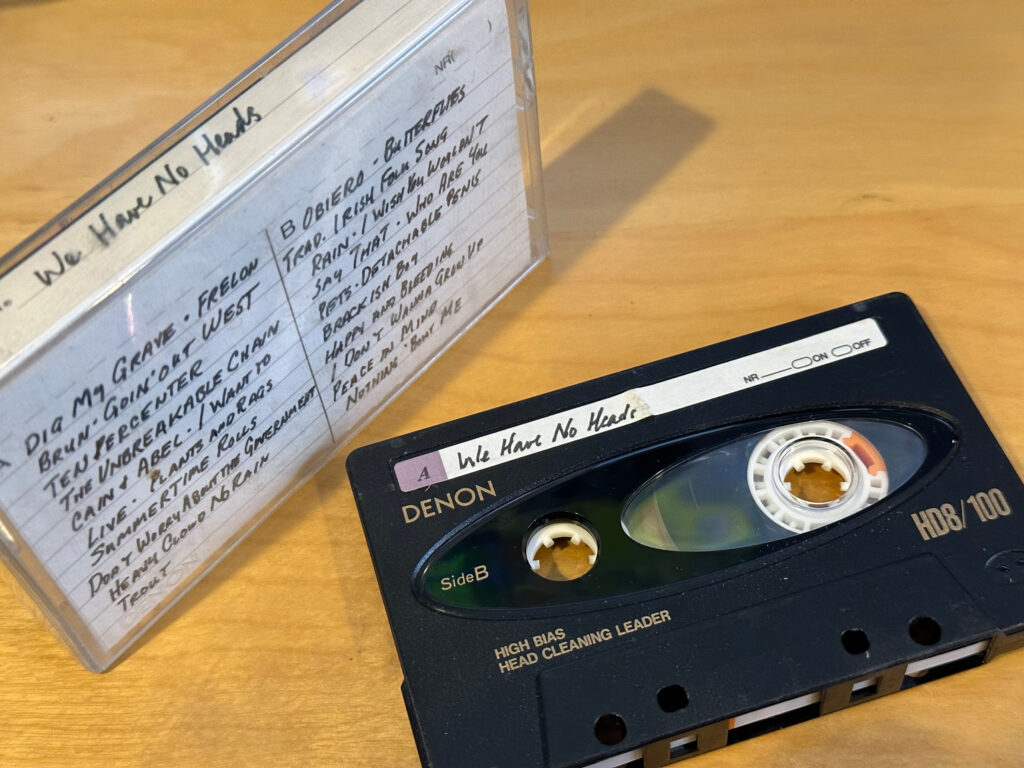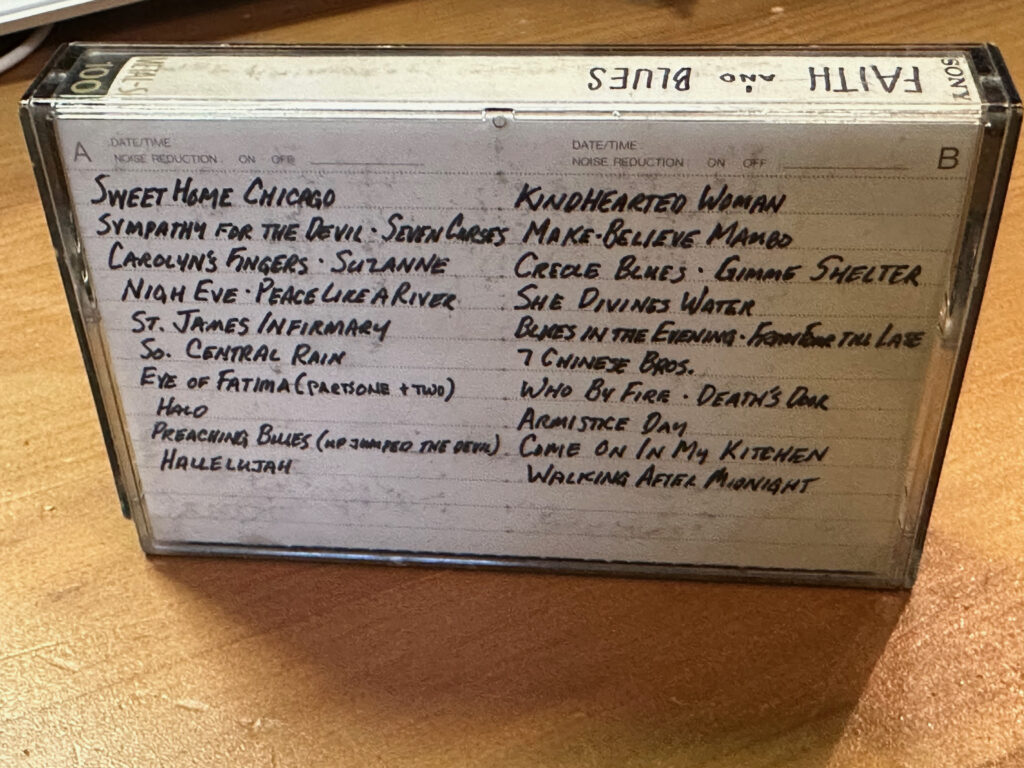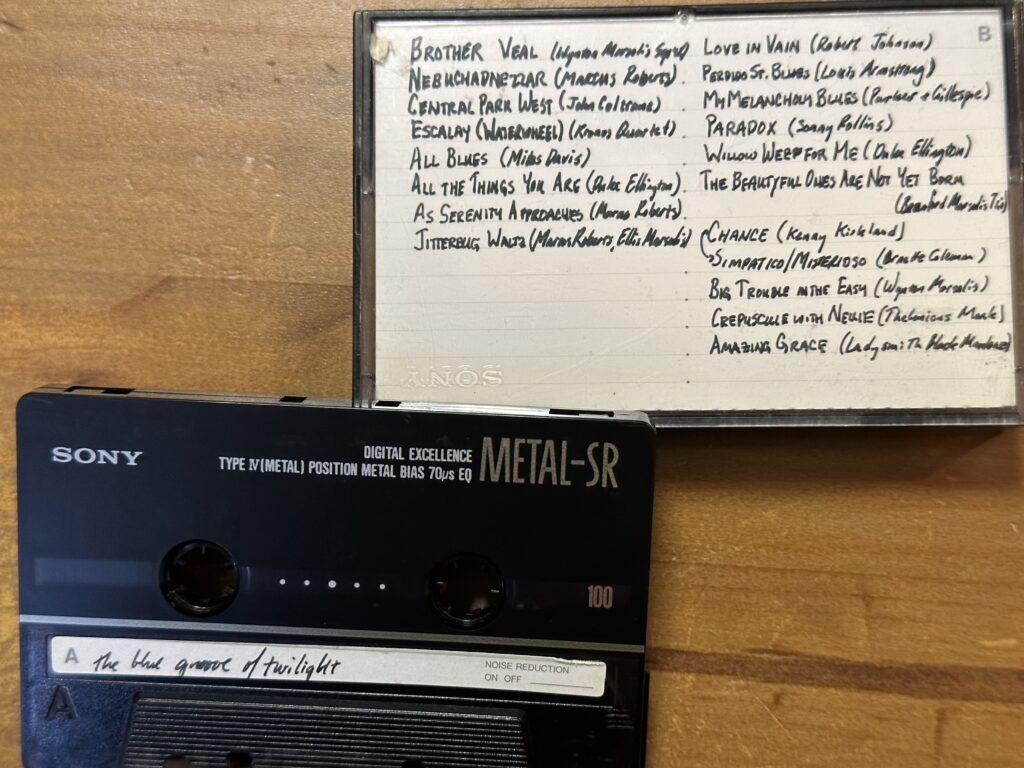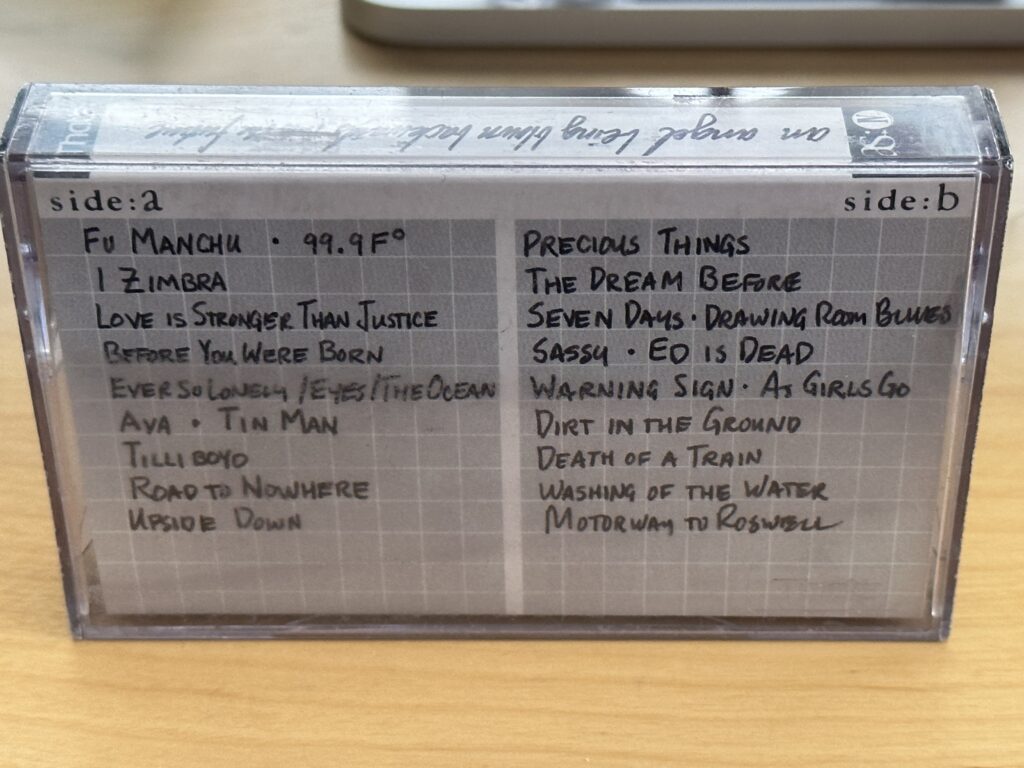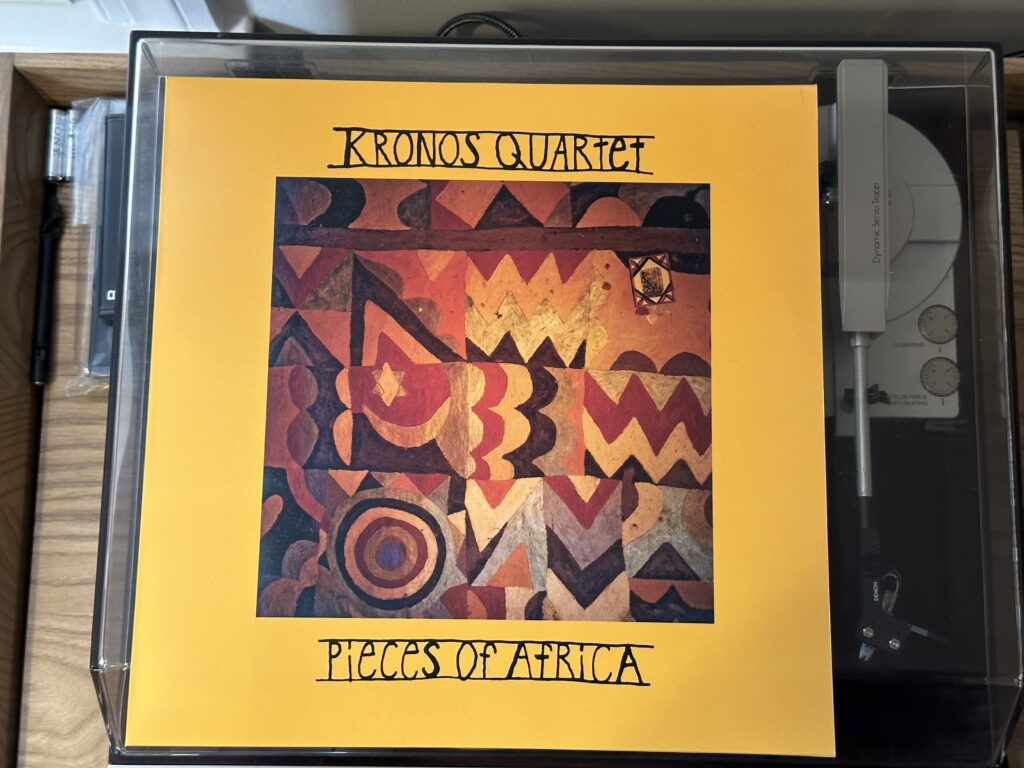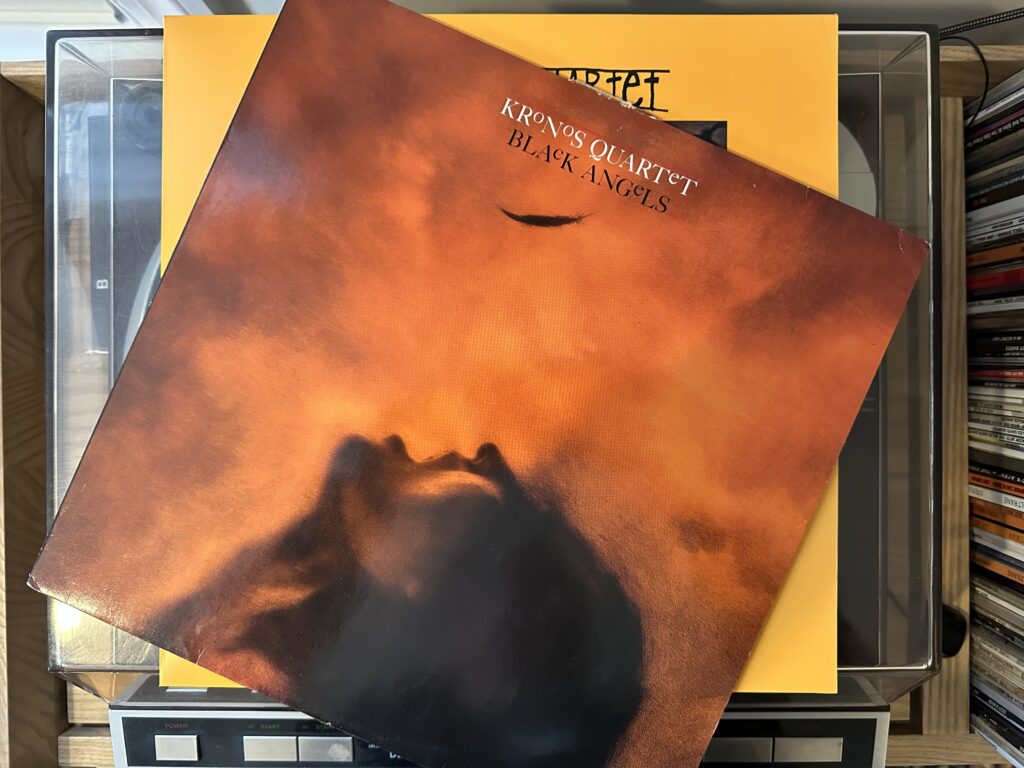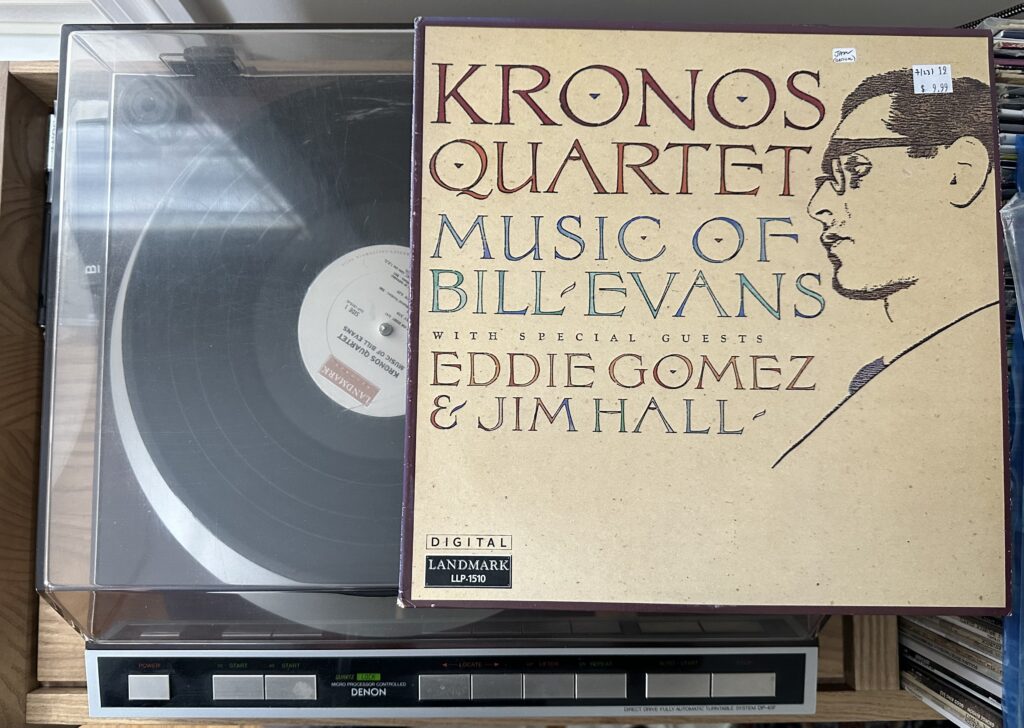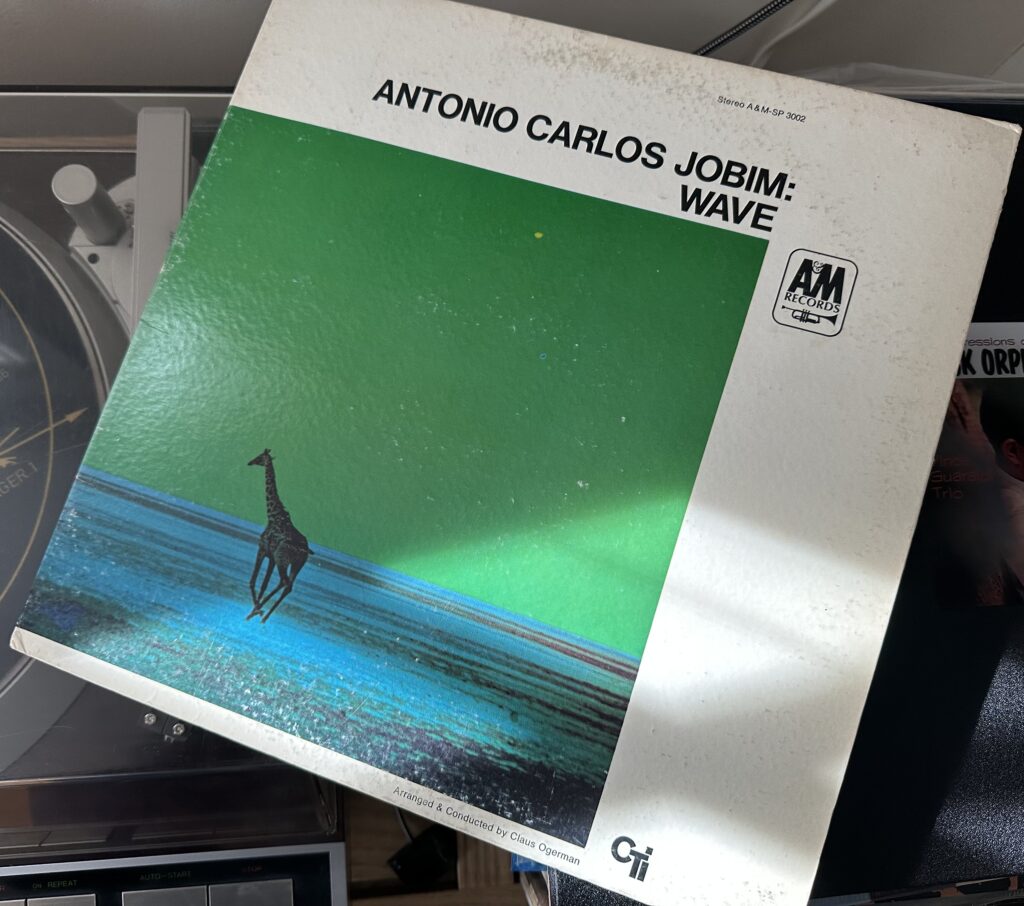
Album of the Week, March 25, 2023
We’re going to enter a new sonic space for the next stretch of this column. While it’s still jazz by most definitions of the word, some of the albums might be in a hyphenated genre. Some of them might even have strings and feel a little more like “smooth” than most of the recordings we’ve featured so far. That’s certainly true of the first recording from the CTI label that we will feature in this series.
Antônio Carlos Jobim was 31 when his music came to worldwide attention, through recordings made by the Brazilian singer/guitarist João Gilberto, but he didn’t become really famous until five years later, when Gilberto teamed up with saxophonist Stan Getz for one of the most famous albums of all time. I can’t overemphasize how pivotal 1963’s Getz/Gilberto was. Featuring a full slate of Jobim’s compositions, as well as the composer himself at the piano, two of the tracks,“Corcovado” and “The Girl from Ipanema,” became international hits. If earlier recordings like Vince Guaraldi’s Jazz Impressions of Black Orpheus and Getz’s Jazz Samba had lit a small flame beneath the kindling of America’s appetite for Brazilian music, Getz/Gilberto blew on the fire until it became a roaring inferno. The trend was not lost on the producer of Getz/Gilberto, Creed Taylor.
We’ve met Taylor before, and have talked about the first label he founded, the seminal Impulse! Records, as well as the work he began at Verve where he recorded Bill Evans as well as Getz and Gilberto—and Jobim. By 1967 Taylor was beginning to take increasing creative control of the recordings he issued at Verve, going so far as to start a sub-label, CTI (for Creed Taylor Incorporated) at which he could exert a significant amount of influence over everything from the graphic identity (always a priority for Taylor from the earliest orange and black days of Impulse!) to the sound.
The CTI graphic identity changed slightly over the years of the label, but the foundations—strong typography (initially, Helvetica), use of white (or black) space on the cover to set off striking photographs, heavy gatefold jackets with more photos (usually black and white) inside—remained consistent throughout the label’s run. I’ve made a point to seek out CTI recordings in used record shops and they always have a substantial-ness to them that anticipates the solidity of modern reissues. Taylor was disinterested in cutting corners.
The same applies to the musicians that Taylor brought to the studio. There was often (but not always) a string section; in this recording the string arrangements and conducting is by Claus Ogerman, who had previously worked with Billie Holiday and Frank Sinatra and who scored some 60-70 albums with Taylor. The rest of the orchestra with Jobim is unusual: no trumpets, no saxophones, but trombone, French horn, flute, drums and bass, the latter played by the great Ron Carter. And Jobim plays piano, but also guitar and harpsichord. Taylor was going for a definitive kind of sound. There is no edge to this sound, only the swelling and receding of the compositions. In lesser hands, this formula might easily disintegrate into “easy listening” pablum, but with Jobim at the keyboard and the intelligence of Ogerman in the arrangements, the sound sparkles and pulses with interest.
The record does not feature Jobim’s earlier bossa nova hits; there’s no “Desafinado,” no “Ipanema.” But what’s here is highly rewarding as well. The title track is a quietly soulful meditation, enlivened by flute and the harpsichord playing of Jobim. “The Red Blouse” is more in the classic samba mode, with its dancelike rhythms anchored by the redoubtable Ron Carter and the drummer, whose inventive snare work keeps everything hopping. (There are three percussionists credited, Bobby Rosengarden, Domum Romāo, and Claudio Slon; Slon is called out as a “mastermind” of the recording in the liner notes and is the one behind the drum kit.) Many of the tracks, including “Look to the Sky,” feature soulful trombone work by Urbie Green, with assistance from Jimmy Cleveland.
If one is to criticize any aspect of the recording, which was engineered by the great Rudy Van Gelder, it is the sound of Jobim’s piano, which sometimes lacks the punch and clarity that we hear in other RVG recordings; this may be due to the strings in the mix. By contrast, Jobim’s guitar, front and center on “Batidinha” and “Triste,” is recorded clearly and is a model of rhythmic and chordal precision, a cool center around which the rest of the tracks are built. “Captain Bacardi” closes out with a pulsing bossa nova rhythm on the drums, piano and guitar, a brisk trombone solo, percussive notes from the cuíca, and a seriously funky Ron Carter bass line. The track simmers along, threatening to bubble over at any moment and belying any thought that we’ve
We are likely to hear more Jobim as I continue my survey of jazz records, but our next stop on our tour through CTI will take us in a slightly different direction. We’ll check that out next time.
You can listen to the album here:

